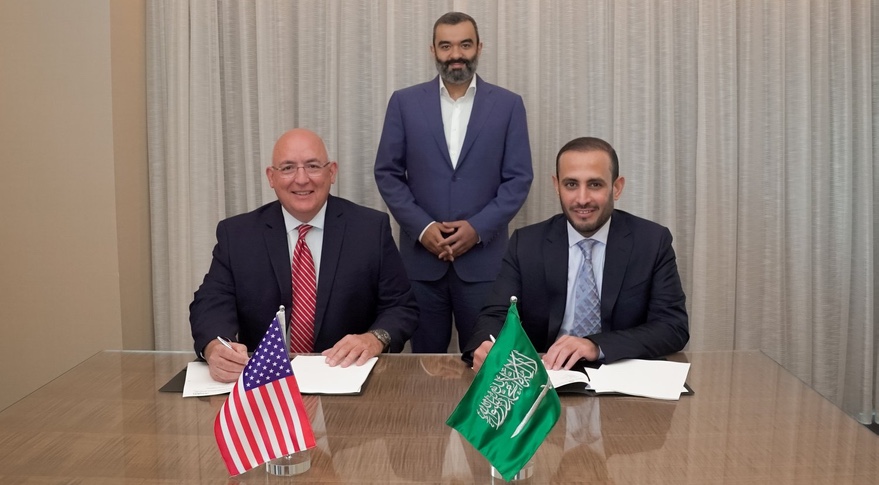News
Saudi Arabia To Send First Female Astronaut Into Space By 2023
Saudi Arabia will begin a training program that will include female astronauts as part of a wider space strategy.

As part of a broader plan to promote science and technology, Saudi Arabia’s space commission is partnering with Houston-based company Axiom Space, which includes a program to send the first female Saudi astronaut out of the earth’s atmosphere by 2023.
The news of this gender-breaking program comes after 2018’s landmark decision to lift the ban on women driving in the Kingdom, forming part of the ambitious Vision 2030 plan.

“The Saudi Astronaut Program, an integral part of the Kingdom’s ambitious Vision 2030, will send Saudi astronauts into space to help better serve humanity. One of the astronauts will be a Saudi woman, whose mission to space will represent a historical first for the Kingdom,” says the Saudi Space Commission.
The program follows the same direction taken by the UAE in recent years, from the launch of the Mars Hope Probe in 2021 and the Mars Science City plan, as well as the ambitious goal of sending a lunar rover to the moon in November this year.
Also Read: Saudi Arabia Reveals Plans To Build The City Of The Future
“Space belongs to all of humanity, which is one of the reasons Axiom Space is pleased to welcome our new partnership with the Saudi Space Commission to train and fly Saudi astronauts, including the first female Saudi astronaut,” says Michael Suffredini, President and CEO of Axiom Space.
Saudi Arabia will reveal the full extent of its interplanetary program in the coming months in the National Space Strategy. The Kingdom is no stranger to space exploration, as Saudi prince Sultan Ibn Salman Al Saud was the first Muslim and Arab to leave the earth’s atmosphere way back in 1985 with NASA’s Discovery mission.
News
Google Releases Veo 2 AI Video Tool To MENA Users
The state-of-the-art video generation model is now available in Gemini, offering realistic AI-generated videos with better physics, motion, and detail.

Starting today, users of Gemini Advanced in the MENA region — and globally — can tap into Veo 2, Google’s next-generation video model.
Originally unveiled in 2024, Veo 2 has now been fully integrated into Gemini, supporting multiple languages including Arabic and English. The rollout now brings Google’s most advanced video AI directly into the hands of everyday users.
Veo 2 builds on the foundations of its predecessor with a more sophisticated understanding of the physical world. It’s designed to produce high-fidelity video content with cinematic detail, realistic motion, and greater visual consistency across a wide range of subjects and styles. Whether recreating natural landscapes, human interactions, or stylized environments, the model is capable of interpreting and translating written prompts into eight-second 720p videos that feel almost handcrafted.
Users can generate content directly through the Gemini platform — either via the web or mobile apps. The experience is pretty straightforward: users enter a text-based prompt, and Veo 2 returns a video in 16:9 landscape format, delivered as an MP4 file. These aren’t just generic clips — they can reflect creative, abstract, or highly specific scenarios, making the tool especially useful for content creators, marketers, or anyone experimenting with visual storytelling.
Also Read: Getting Started With Google Gemini: A Beginner’s Guide
To ensure transparency, each video is embedded with SynthID — a digital watermark developed by Google’s DeepMind. The watermark is invisible to the human eye but persists across editing, compression, and sharing. It identifies the video as AI-generated, addressing concerns around misinformation and media authenticity.
While Veo 2 is still in its early phases of public rollout, the technology is part of a broader push by Google to democratize advanced AI tools. With text-to-image, code generation, and now video creation integrated into Gemini, Google is positioning the platform as a full-spectrum creative assistant.
Access to Veo 2 starts today and will continue expanding in the coming weeks. Interested users can try it out at gemini.google.com or through the Gemini app on Android and iOS.




















